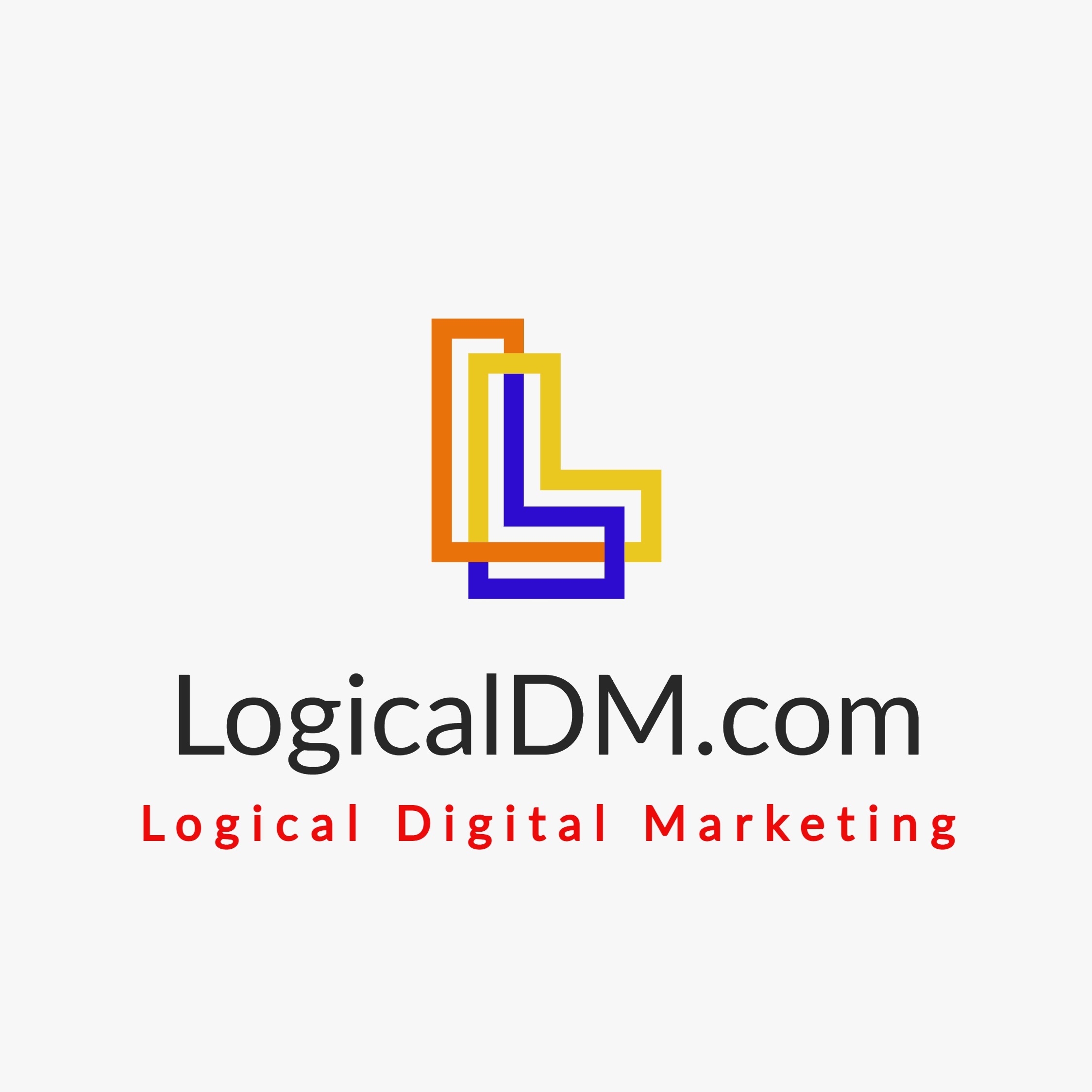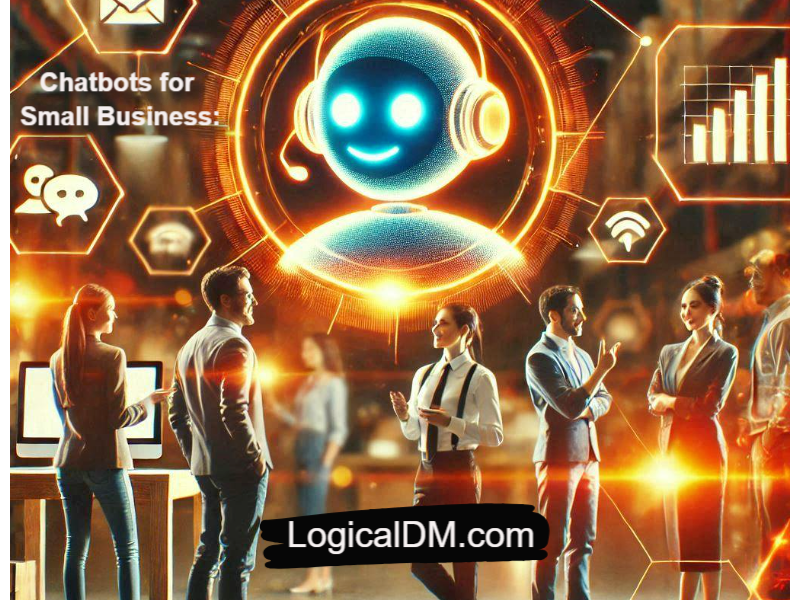
Chatbots for Small Business:
Bigger Impact, Smaller Budget
Let's explore how AI chatbots can revolutionize your small business operations without draining your resources.
The Small Business Challenge
As a small business owner, you're likely wearing multiple hats – from being the CEO to handling customer service, marketing, and everything in between. Your days are packed with tasks that never seem to end, and finding time for strategic growth can feel impossible. This is where AI chatbots come in as your digital cavalry.
Understanding Modern Chatbots
Today's chatbots are far more sophisticated than the clunky automated systems of the past. Powered by artificial intelligence and natural language processing, they can:
Understand context and nuance in customer questions
Learn from each interaction to provide better responses
Handle complex conversations with a human-like touch
Adapt their responses based on customer behavior
Integrate seamlessly with your existing business tools
Transforming Customer Service
Imagine having a tireless team member who:
Answers customer questions instantly, 24/7/365
Never gets frustrated or has a bad day
Maintains consistent brand voice across thousands of interactions
Remembers every detail of past customer interactions
Speaks multiple languages fluently
Scales effortlessly during busy periods
The best part? Your customers often won't even realize they're talking to a bot because the interactions feel so natural and helpful.
Supercharging Lead Generation
Your chatbot becomes your most effective salesperson by:
Engaging visitors the moment they land on your website
Qualifying leads through intelligent conversation
Collecting contact information naturally during chats
Scheduling appointments and demos automatically
Following up with prospects at the perfect time
Tracking interaction data to improve conversion rates
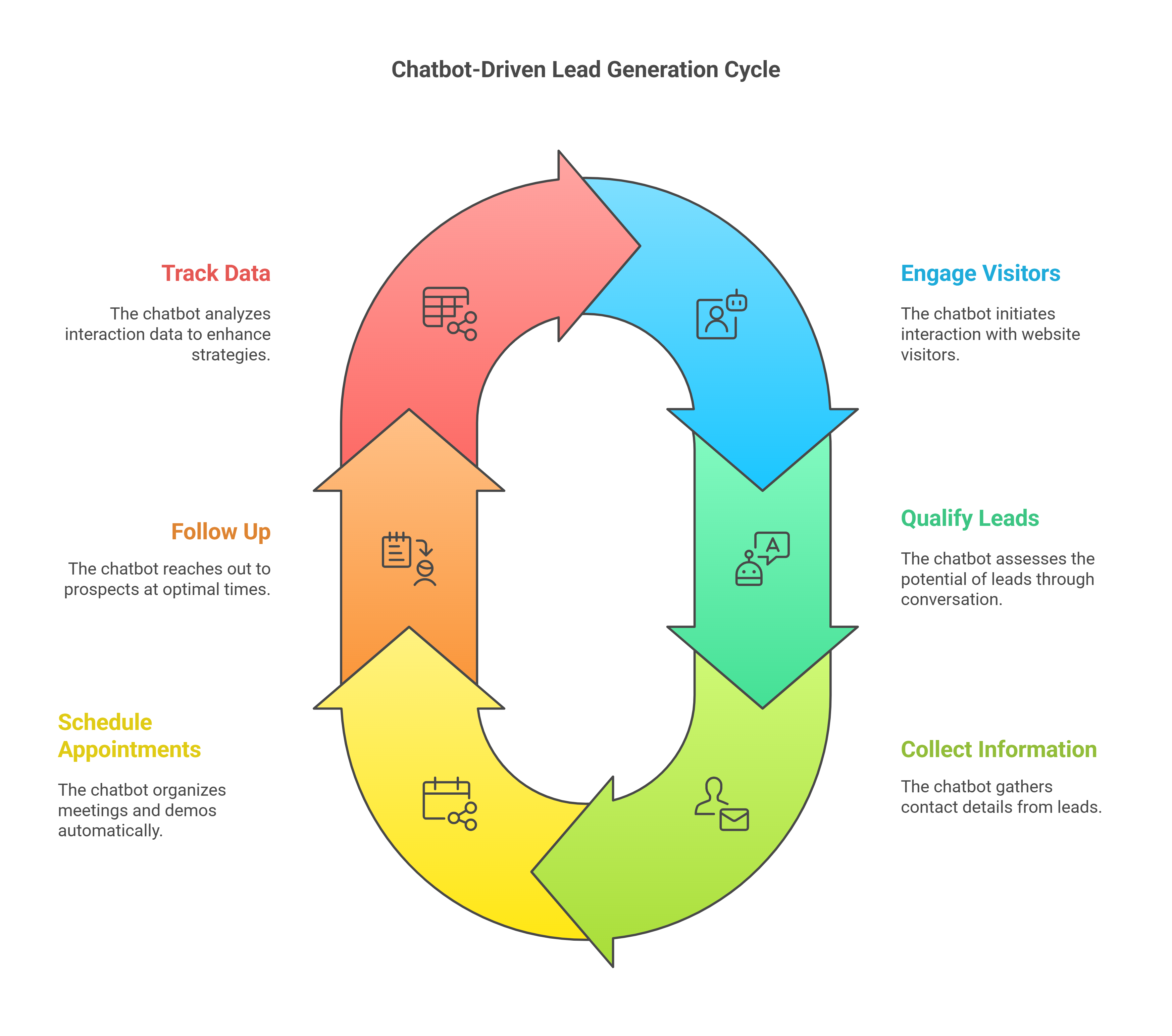
Boosting Sales Performance
Watch your revenue grow as your chatbot:
Reduces cart abandonment through timely interventions
Provides personalized product recommendations
Offers targeted promotions at crucial moments
Answers product questions instantly
Handles order tracking and support
Facilitates easy returns and exchanges
Cost-Effective Operations
The financial benefits extend beyond direct sales:
Reduced customer service staffing needs
Lower training and onboarding costs
Decreased response time to customer inquiries
Minimized human error in routine tasks
Better resource allocation for complex issues
Improved efficiency in sales and support processes
Data-Driven Insights
Your chatbot becomes a goldmine of business intelligence by:
Tracking customer preferences and behavior patterns
Identifying common pain points and questions
Measuring conversion rates and engagement metrics
Providing insights for product development
Helping optimize marketing strategies
Generating detailed analytics reports
Implementation Strategies
Starting with chatbots doesn't have to be overwhelming:
Begin with Basic Functions
Start with frequently asked questions
Add basic lead capture capabilities
Implement simple ordering assistance
Gradually expand functionality based on needs
Choose the Right Platform
Look for user-friendly interfaces
Ensure scalability options
Check integration capabilities
Consider customization options
Verify security features
Review pricing structures
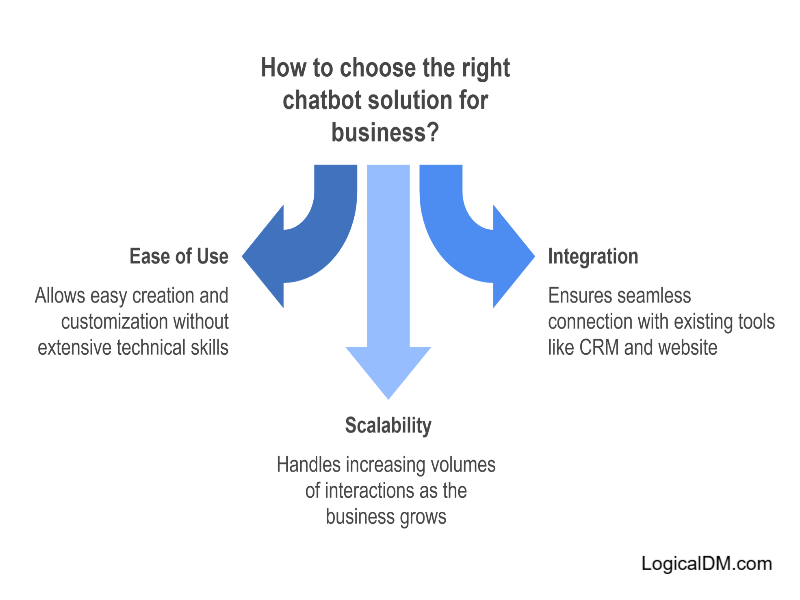
Customize Your Bot
Align with your brand voice
Create personalized greetings
Design conversation flows
Set up response templates
Configure routing rules
Establish escalation procedures
Measuring Success
Track these key metrics to gauge effectiveness:
Response times
Customer satisfaction scores
Lead conversion rates
Sales attribution
Cost per interaction
Resolution rates
Customer feedback scores
Advanced Features to Consider
As your comfort with chatbots grows, explore:
AI-powered personality customization
Advanced analytics and reporting
Integration with CRM systems
Multi-platform deployment
A/B testing capabilities
Machine learning optimization
Common Challenges and Solutions
Anticipate and prepare for:
Initial setup complexity (Solution: Start small and scale)
Customer resistance (Solution: Offer human backup)
Training requirements (Solution: Use pre-trained models)
Integration issues (Solution: Choose compatible platforms)
Performance monitoring (Solution: Regular analytics review)

Future-Proofing Your Business
Implementing chatbots now positions you to:
Stay ahead of customer service trends
Adapt to changing consumer preferences
Scale operations efficiently
Compete with larger businesses
Leverage emerging AI technologies
Build a data-driven business model
Getting Started Today
Assess your current business needs
Research available chatbot solutions
Set clear implementation goals
Start with a pilot program
Gather feedback and adjust
Scale successful elements
Remember, the goal isn't to replace human interaction but to enhance it. Your chatbot should complement your team's efforts, handling routine tasks so your staff can focus on complex issues and building deeper customer relationships. Ready to explore how chatbots can transform your business?
Start small, measure results, and scale what works. The future of small business automation is here, and it's more accessible than ever. Want to learn more about implementing chatbots in your specific business context? Let's discuss your unique needs and find the perfect solution for your business goals.

Chatbots for Businesses - FAQ
What is a chatbot and what's its main purpose?
A chatbot is software that simulates human conversation through text or voice. Its main purpose is automating interactions with customers for support, sales, and engagement while reducing operational costs.
What are the 4 main types of chatbots?
Rule-based: Follow predefined conversation paths
AI/ML-powered: Use natural language processing for more dynamic interactions
Hybrid: Combine rules and AI
Voice-enabled: Process and respond to speech input
What's the difference between a bot and a chatbot?
A bot is any automated program that performs specific tasks. A chatbot is specifically designed for conversational interactions with humans.
How much does implementing a chatbot cost?
Basic rule-based: $0-2,000
Mid-range custom: $2,000-15,000
Enterprise AI solutions: $15,000-50,000+ Costs vary based on features, integration needs, and customization.
What are the key benefits of chatbots for businesses?
24/7 customer support
Reduced response times
Lower operational costs
Increased lead generation
Automated appointment scheduling
Consistent customer experience
Scalable customer interactions
Do chatbots increase sales?
Yes, through:
Instant response to sales inquiries
Qualified lead generation
Automated product recommendations
Reduced cart abandonment
Average conversion rate increase: 10-30%
Why do some chatbots fail?
Poor natural language understanding
Limited response capabilities
Lack of proper training data
Missing human handoff options
Unclear scope and purpose
Integration issues with existing systems
Best practices for successful implementation:
Start with specific use cases
Design clear conversation flows
Train on quality data
Include human fallback options
Regularly update and improve based on user interactions
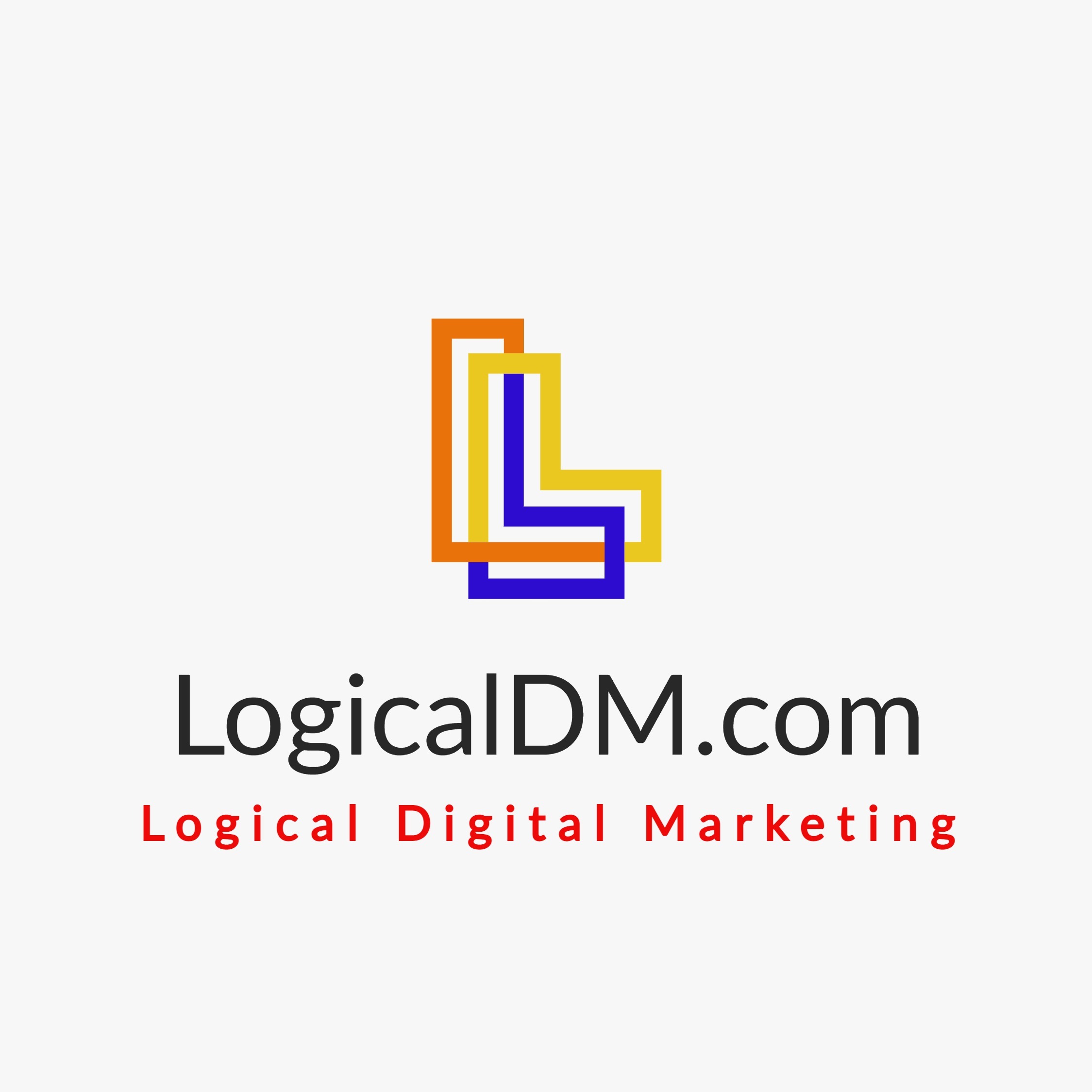
 Add Row
Add Row  Add
Add 